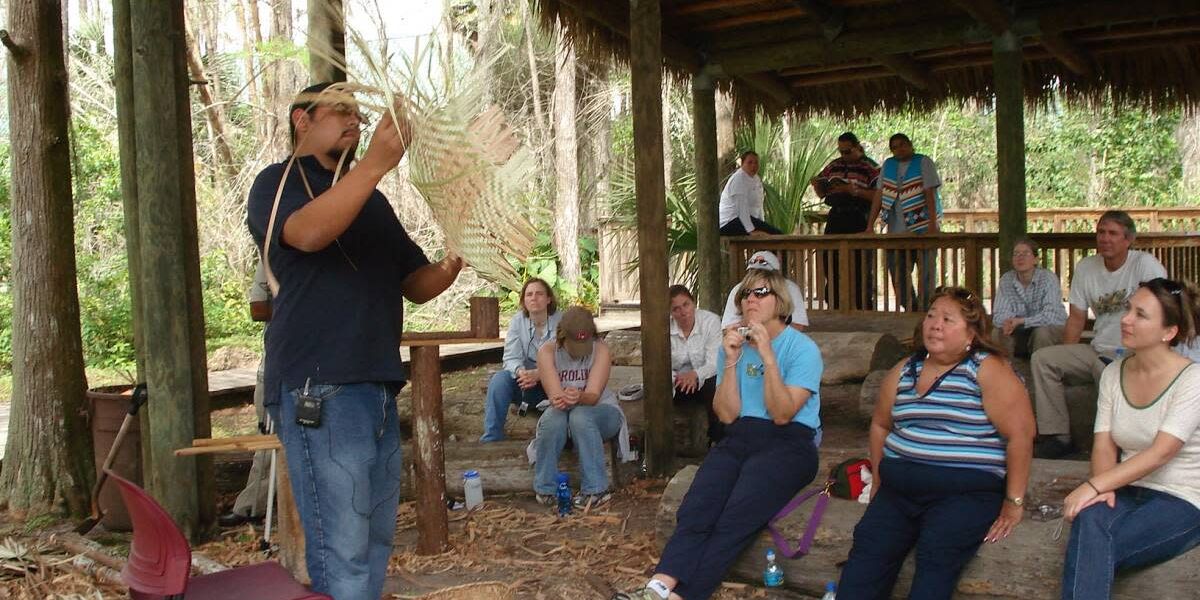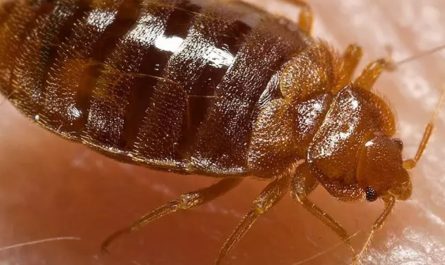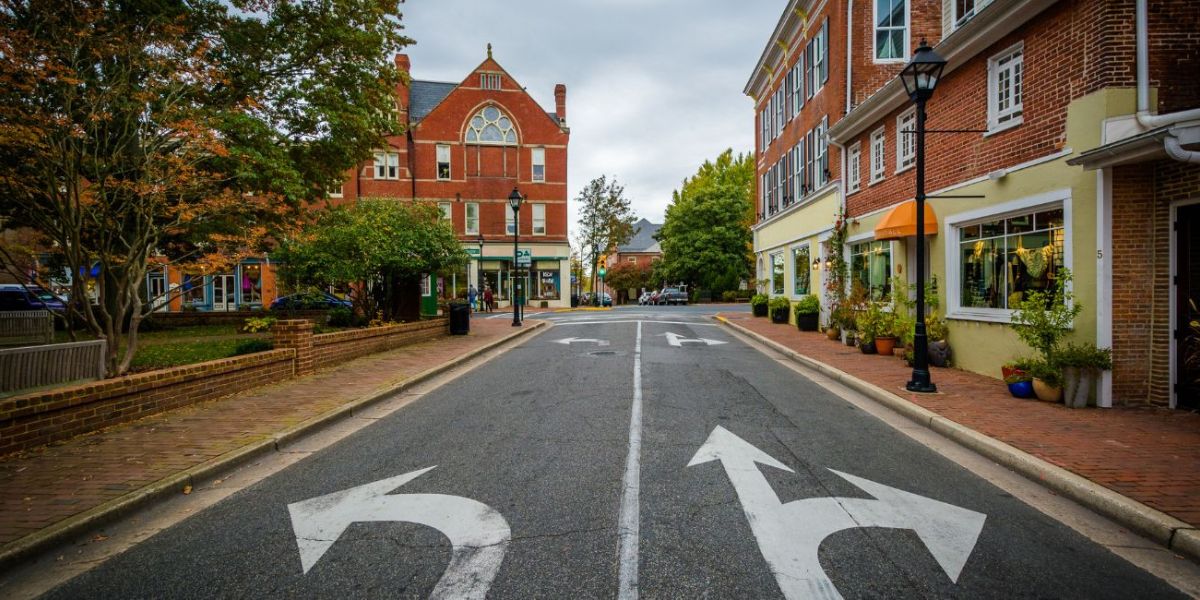Florida has a deep and diverse Native American history, shaped by ancient civilizations and modern tribes. Across the state, museums, archaeological parks, and historical sites offer visitors the opportunity to learn about the customs, conflicts, and contributions of Florida’s indigenous peoples. Here are eight of the best places to explore this rich cultural legacy.
Ah-Tah-Thi-Ki Museum (Big Cypress Seminole Indian Reservation)
Located in the heart of the Everglades, the Ah-Tah-Thi-Ki Museum is dedicated to preserving the history and culture of the Seminole Tribe. This Smithsonian-affiliated museum houses over 200,000 artifacts, including beadwork, tools, textiles, and artwork. Visitors can walk a scenic boardwalk through a cypress dome and view reconstructed village scenes, providing a powerful glimpse into Seminole life. Key exhibits include “We Seminoles,” which offers personal stories and historic perspectives.
Mound Key Archaeological State Park (Estero Bay)
Mound Key was once the capital of the Calusa civilization, known for its complex society and engineering skills. The site features massive shell mounds, canals, and evidence of ceremonial and residential structures built more than 2,000 years ago. Accessible by boat, the park offers guided tours that explore the Calusa’s fishing-based lifestyle and spiritual practices. It is one of Florida’s most significant pre-Columbian archaeological sites.
Mission San Luis (Tallahassee)
This reconstructed 17th-century mission offers a living history experience of the Apalachee people and their interactions with Spanish settlers. Visitors can walk through a recreated village, complete with a blacksmith shop, ball court, council house, and church. Exhibits feature artifacts and interpretive displays highlighting the cultural exchange between the Apalachee and the Spanish, as well as the tensions that led to the site’s eventual abandonment in 1704.
Dade Battlefield Historic State Park (Bushnell)
This park preserves the site of the Dade Massacre, which sparked the Second Seminole War in 1835. The visitor center includes exhibits detailing the conflict between U.S. forces and the Seminole people, as well as weaponry, military gear, and maps. Annual battle reenactments and educational workshops provide immersive experiences into this pivotal chapter in Florida’s history.
Tomoka State Park (Ormond Beach)
Once home to the Timucua, Tomoka State Park offers insight into one of Florida’s earliest native groups. The park features a short interpretive trail through Nocoroco, an ancient Timucuan village. Visitors can see a large shell midden and a dramatic sculpture of Chief Tomokie. The site reflects the Timucua’s adaptation to coastal life and their interactions with early European explorers.
Florida Museum of Natural History (Gainesville)
The museum’s permanent exhibit “South Florida People & Environments” offers an in-depth look at the Calusa and other indigenous groups. Visitors can explore a full-scale replica of a Calusa chief’s house, view ceremonial masks, and examine tools and artifacts that reveal how these societies lived, traded, and governed. Interactive elements make it an engaging experience for all ages.
Calusa Heritage Trail at Randell Research Center (Pine Island)
This archaeological trail is part of an active research site where visitors can walk through ancient Calusa mounds and canals. Interpretive signage along the mile-long path explains how the Calusa shaped their environment and society. Elevated platforms provide stunning views of the surrounding landscape, giving visitors a sense of the scale and ingenuity of this ancient coastal civilization.
Micanopy Historical Society Museum (Micanopy)
Named after Seminole Chief Micanopy, this museum houses artifacts and displays that focus on the Second Seminole War and Seminole life. The collection includes patchwork clothing, portraits of tribal leaders, and historical documents. The museum highlights the struggles of the Seminole people during the U.S. expansion and their enduring cultural presence in Florida.
Conclusion
These eight destinations offer a comprehensive look into Florida’s Native American heritage, from prehistoric cultures like the Calusa to the resilience of the Seminole Tribe. Whether through immersive exhibits, archaeological exploration, or historical reenactments, each site helps preserve and share the stories of Florida’s first peoples.




